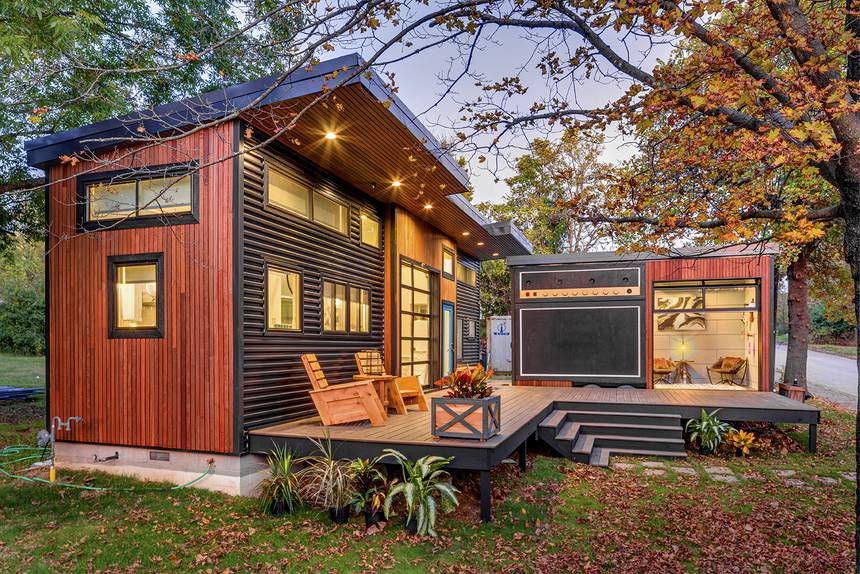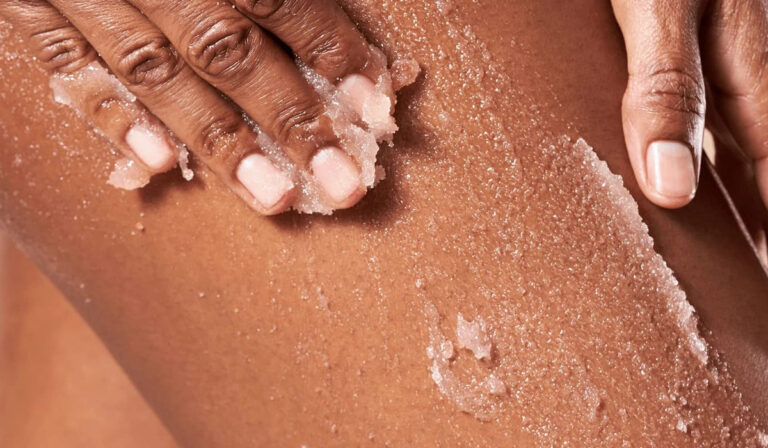
Generally, penetrating damp is the result of water leaks through defects in the building. It can affect any level of a home, from the roof to the inner walls. It can cause significant fabric damage, as well as structural damage.
If you notice a penetrating damp, you should call a damp-proofing specialist to assess the problem. They will come out to the property free of charge and advise on the best solution. The cost of the work may be as little as PS20 for a small job, but if the damage is more extensive, a professional job could cost several thousand pounds.
Penetrating damp can be caused by many different building defects, from defective roof coverings to defective weep holes. External defects can include broken and cracked render, damaged rainwater goods, and porous masonry. In the UK, penetrating damp is particularly common during winter, when snow can pack around the building and cause it to become wet.
If you notice penetrating or rising damp, you should contact a damp-proofing specialist immediately. They can advise on the best solution and give you advice on how to prevent further damp problems. It’s also important to identify the source of the damp, as this will help prevent further damage.
Penetrating damp can also be caused by defects in the brickwork. Older brickwork is usually more porous than modern brickwork, and the damage may allow moisture to penetrate through. This can lead to spalling or cracks in the structure of the wall.
Other problems that can lead to penetrating damp include leaking rainwater goods, broken weep holes, and damaged pointing. The solution may include repairing these defects, replacing the affected brickwork, or applying an external solution. This can change the appearance of the masonry, but can also improve the weather tightness of the building.
In some older buildings, penetrating damp is caused by physical damage, such as storm damage. It is important to inspect the exterior and roof of a building regularly. In some cases, a specialist damp-proofing company can make recommendations on preventative maintenance.
Rising damp
Identifying rising damp is the first step towards dampproofing a wall. A surveyor can be hired to carry out a full survey of your property and identify any problems. A damp-proofing specialist can also provide a detailed treatment plan. Claim compensation for mould and damp if your landlord does not repair these issues.
Rising damp may be caused by a number of different issues. These include faulty construction elements, internal bridging structures and broken guttering. These can all cause moisture to pass through the walls and into the property. Using a moisture meter, you can establish the moisture levels within your walls.
Rising damp will affect your property’s interior walls and can lead to the growth of mould. This can cause serious damage to your property. It can also make your wallpaper and paint peel off the walls.
Rising damp can cause white salt stains to appear on your walls. These stains are caused by the salts that are present in groundwater. The salts can also cause the plaster to flake and blister.
To damp-proof a wall, you should remove any damaged plaster. You can then paint the wall after three months. If the plaster is still damp, you should add a skim coat.
To make sure that your wall is properly treated, you should use Sika 1 Render Mortar. This is part of the structural waterproofing system and can be purchased from a hardware store.
You can also use Dryrod Damp-Proofing Rods. These are fibre rods that are inserted into the mortar course of the wall. These are the latest and most effective methods of damp proofing a wall. They are also simple to install and do not require any specialist tools.
If your property is suffering from rising damp, it is important to address the problem as soon as possible. The sooner you detect the problem, the less damage it will cause. This is especially true during winter. Identifying the problem early will save you time and money.
Rising damp will often return after periods of time where the property is not occupied. It can also return if your damp proof course has been damaged or the external drainage has been altered. During the winter months, rising damp is at its worst.





